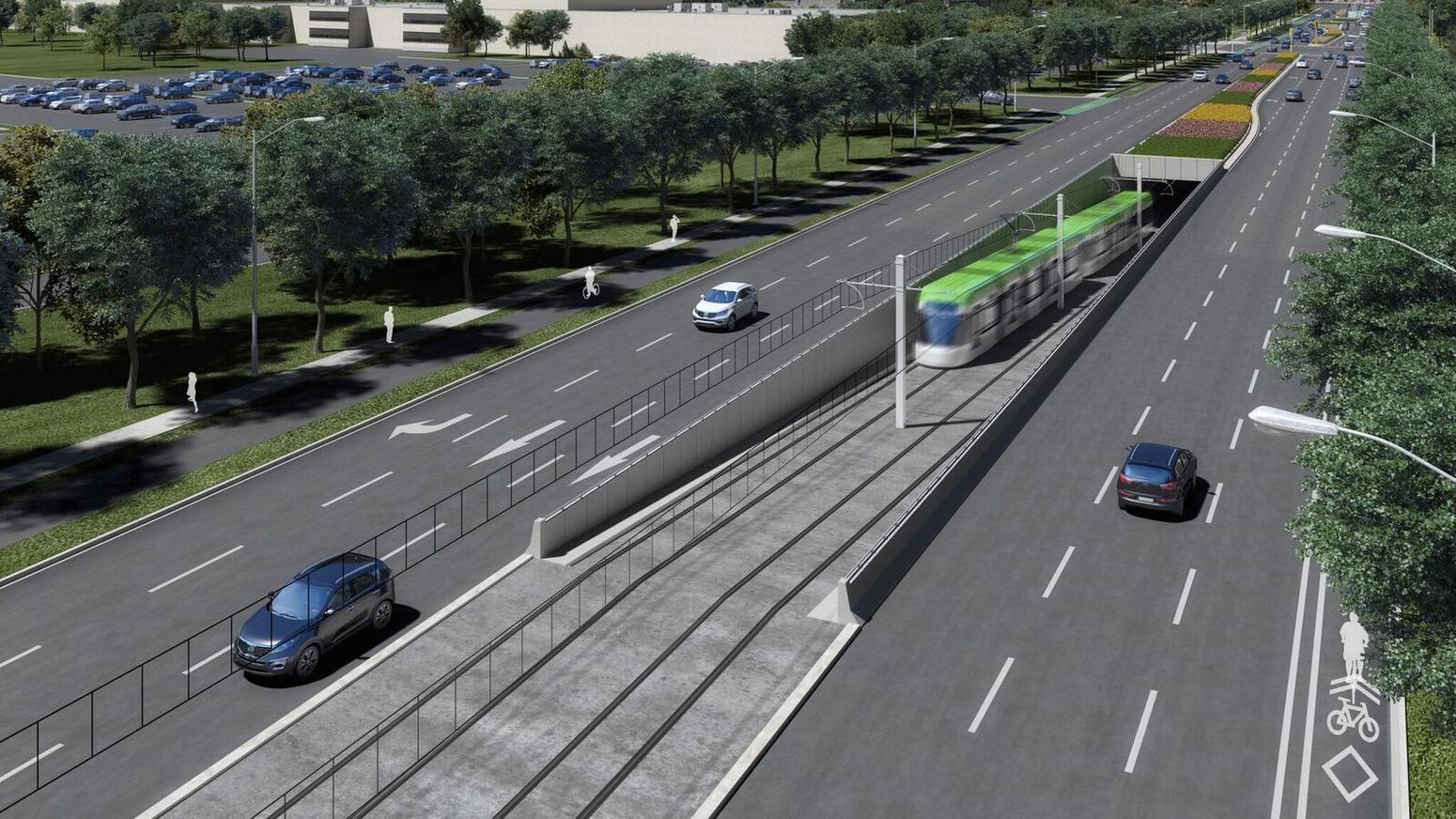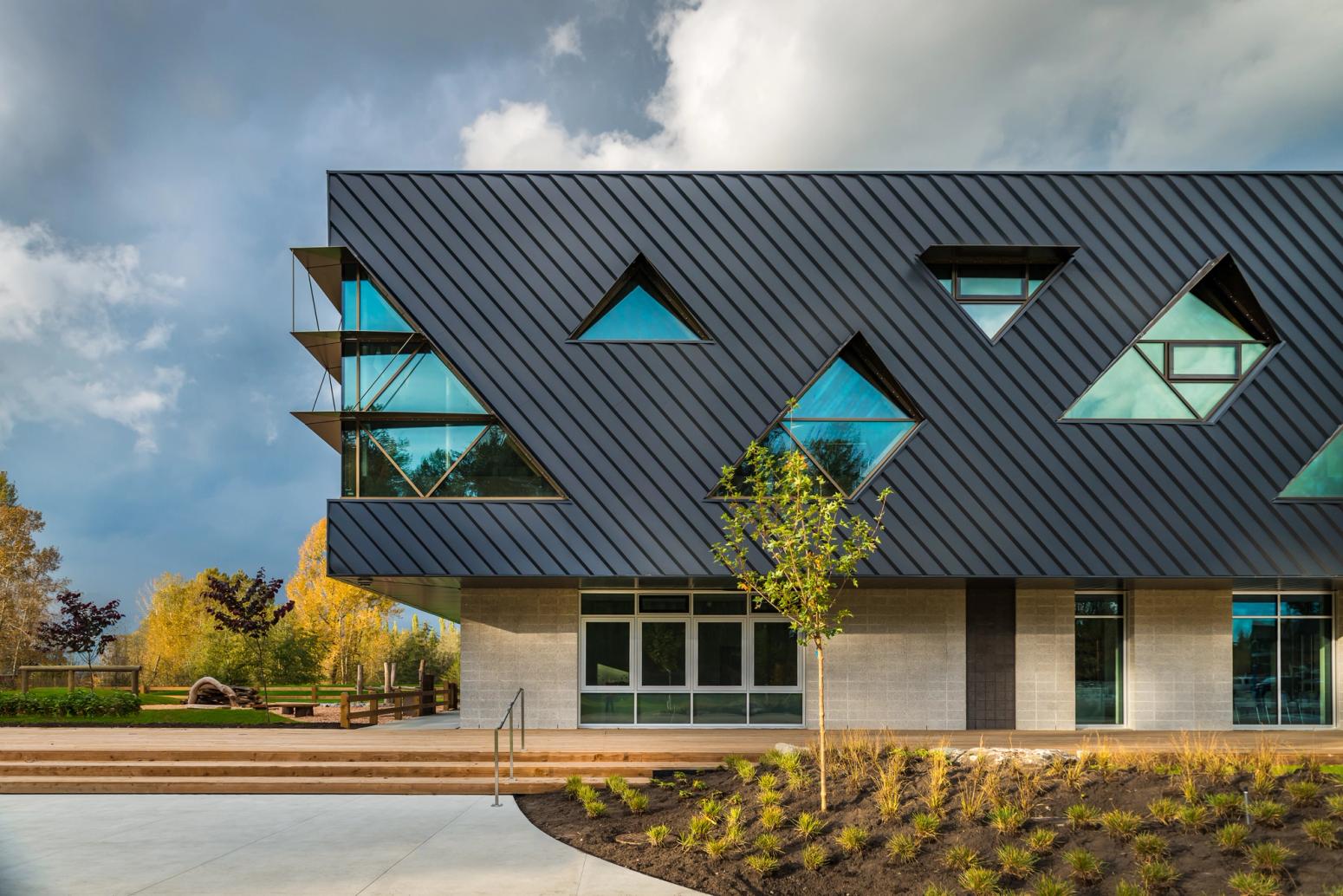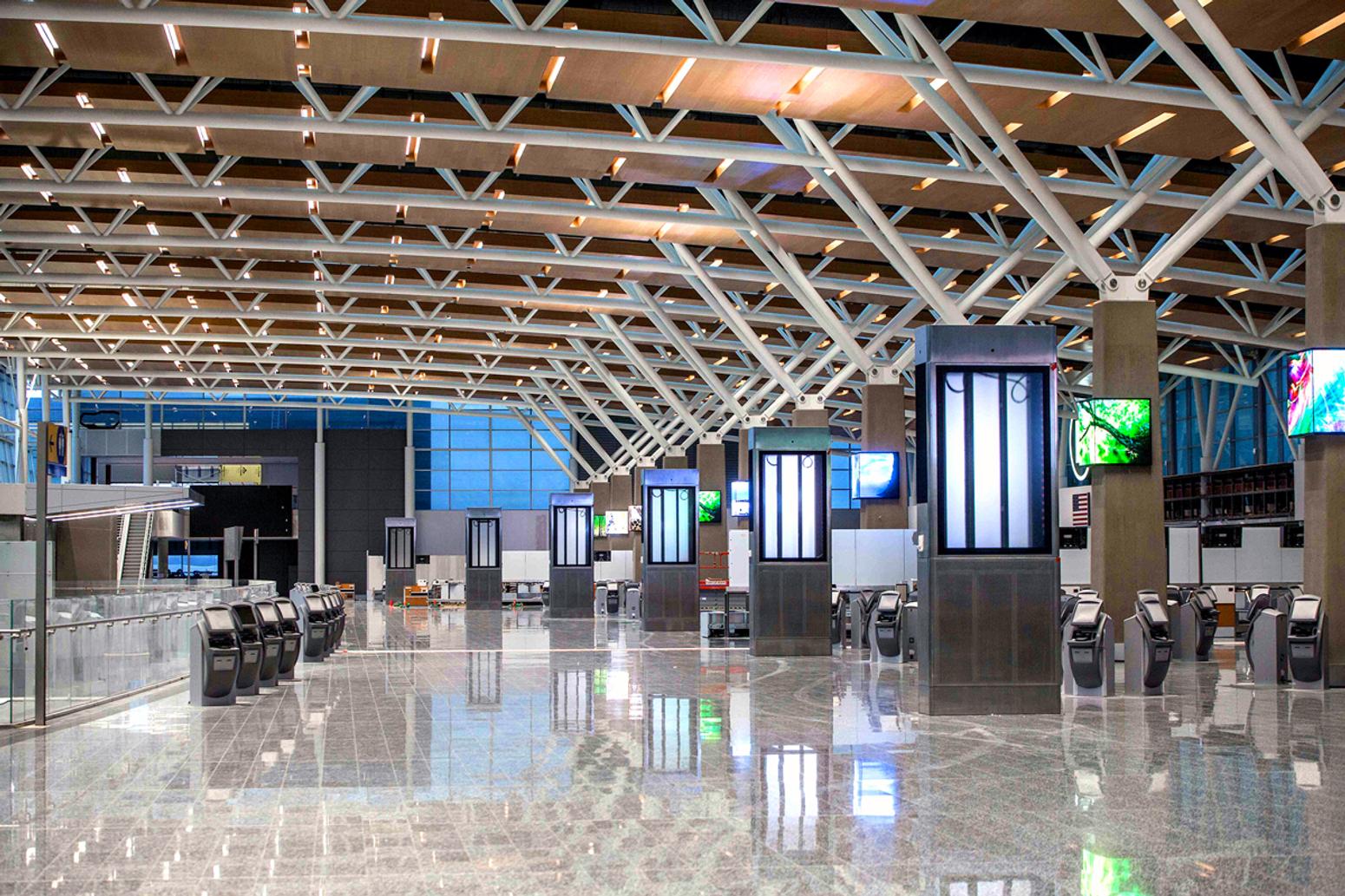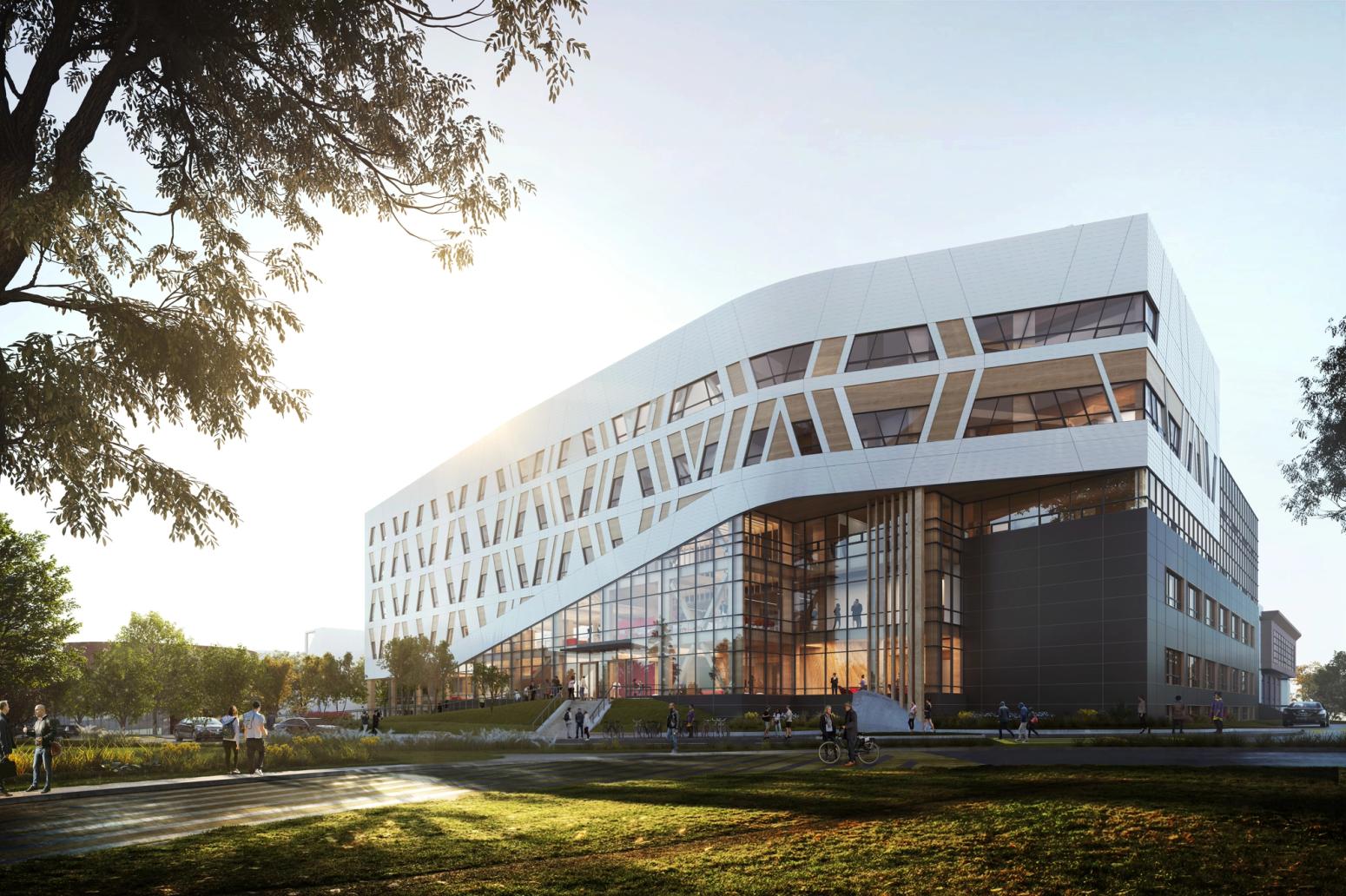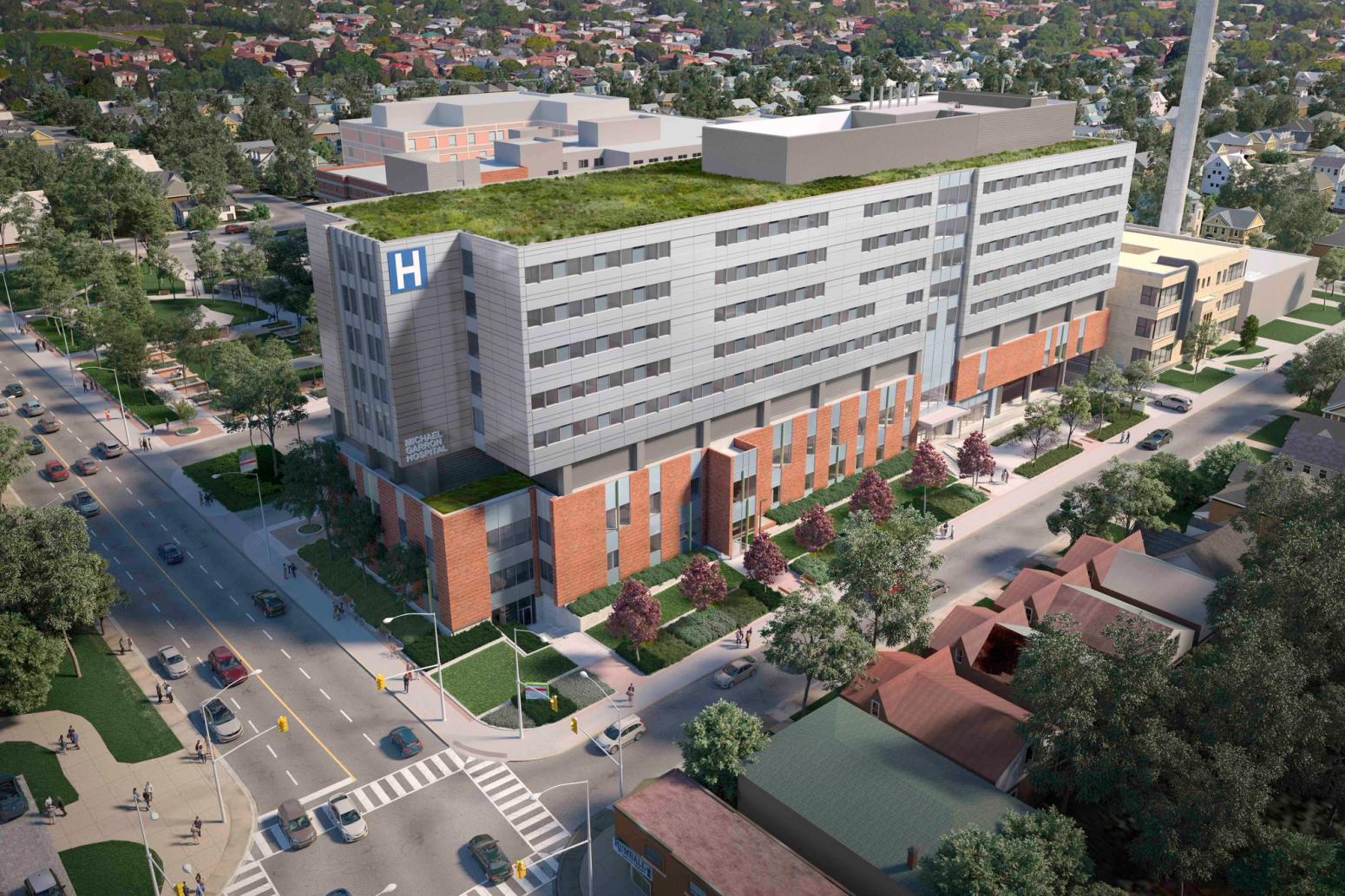Jun 27, 2020
Spotlight
Eglinton Crosstown Light Rail Transit Project (BMS)
Client: Metrolinx and Infrastructure Ontario
Location: Toronto, Ontario
Contract: Design-Build-Finance-Maintain
Size: 19.7 Km
Value: $5.5 billion
Project Highlights
- 2021 Canada’s Top 100 Biggest Infrastructure Projects, ReNew Canada.
- 2015 CCPPP National Awards for Innovation & Excellence—Gold Award for Project Financing.
- The IJ Global 2015 North American Rail Deal of the Year.
- 2016 Best Transit Project—Silver, American P3 Awards.
- 2016 Canada’s Largest P3 Contract, On-Site, Canada’s Construction Magazine.
- 2016 Project Financing-Gold Award, The Canadian Council for PPPs.
- 2015 Award for Planning Excellence, Canadian Institute of Planners.
- 2015 Visions and Master Plans—Award of Merit, Toronto Urban Design Awards.
- 2014 Transportation Project of the Year Award, Institute of Transport Engineers.
- 2013 Planning Excellence Merit Award, Canadian Institute of Planners.
This project required a restrictive heat of hydration temperature to control thermal cracking. Due to this, a mix design that would meet the requirements for the mass concrete element was needed. Crosslinx Transit Solutions Constructors (CTSC) invested in valuable research to identify optimization opportunities in the concrete mixes to maximize the long-term durability of the massive placements while reducing carbon emissions. The use of High Volume Supplementary Cementing Materials (HVSCM) delivered a high-quality product with low carbon results.
The EllisDon Building and Material Sciences team led the required testing and mix design initiative as well as the initial and follow-up discussions with concrete suppliers and testing labs. The team ensured proper testing was being done by the various suppliers to pre-qualify the performance characteristics. A thermal control plan was created for each concrete supplier, specific to the various elements.
The client’s expectations were surpassed when the sustainability aspect of the project contributed to reducing Greenhouse Gas Emissions. With cement being responsible for 8% of global emissions, a key mandate of the plan was to increase the amount of allowable Supplementary Cementitious Material (SCM), which would reduce the heat released during the hydration process by reducing the portland cement content. Through research and testing, SCM at a 70% replacement value was optimal, increasing the durability while reducing temperature rise. Employing High Volume Supplementary Cementitious Material (HVSCM) allowed the project to avoid nearly 130,000 tonnes of CO2 as compared to using a mix with no SCMs.
After consideration, it was determined that shotcrete could be used as a placement method for the top-down stations. The Building and Material Sciences team worked collaboratively with other experts in the shotcrete industry to develop a shotcrete mix, installation method, and quality control program. This combination had never been used before.
